Discover Aesthetic Solutions
Learn about and compare a wide range of options to make an informed choice about your body
Uneven Eyes Landing: Find the Balance with Tailored Solutions
For those navigating the path to addressing uneven eyes, Belorens emerges as a pivotal resource, offering access to tailored, match-based solutions. Understanding that each journey towards symmetry is as unique as the individuals embarking on it, Belorens provides a platform where preferences, from treatment methods to budget considerations, can be finely tuned. It's not just about finding a solution; it's about discovering the right fit for your unique situation and ensuring that every choice aligns with your expectations and goals. With Belorens, the focus is squarely on empowering you through informed decisions guided by expert insights and a wide spectrum of customizable options.
4 Solutions
Filters
Most Popular Solutions
- Most Popular Solutions
- Most Providers
- Most Active Discussions

Eyelid Surgery
(95% Match) Eyelid surgery, or blepharoplasty, corrects uneven eyes by adjusting the eyelid's shape and position, offering a balanced appearance. It's a lasting solution for symmetry.
B & A photos
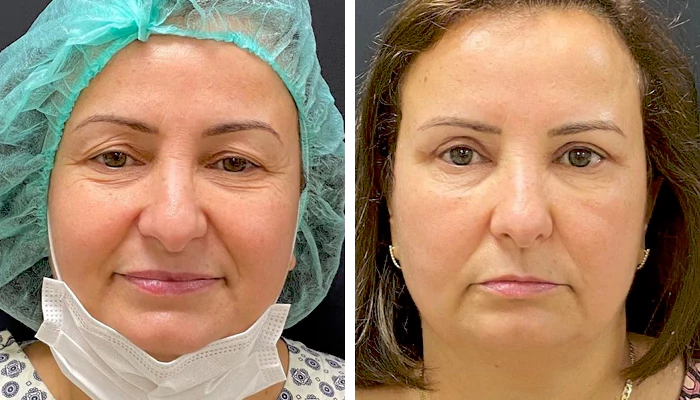
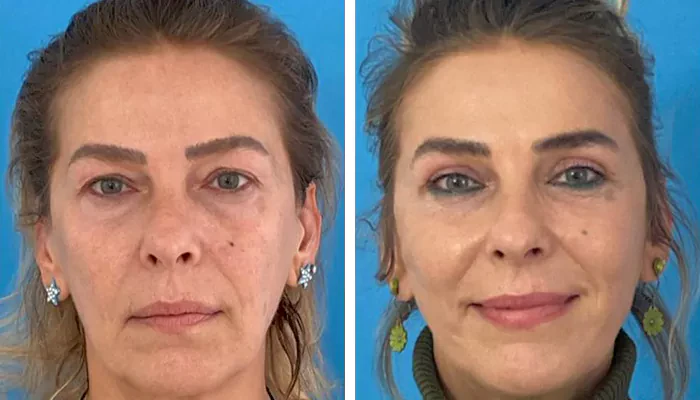
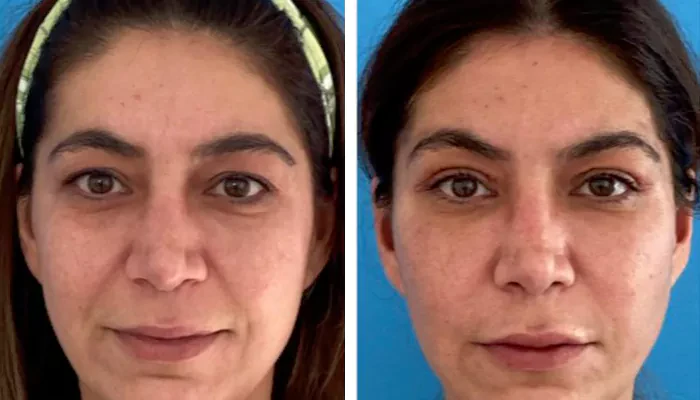
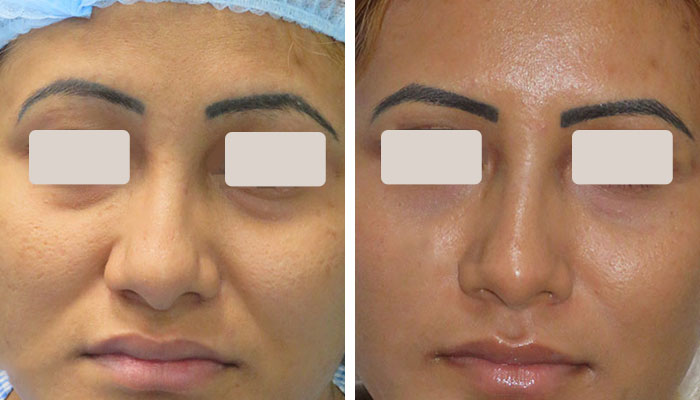


Botox & other Injectable Toxins
(60% Match) Botox injections temporarily relax muscles around uneven eyes, subtly correcting asymmetries in eyelid height or contour for a more uniform look.
B & A photos
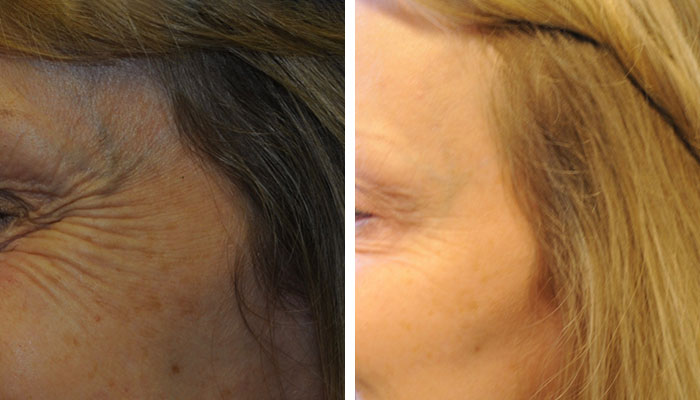
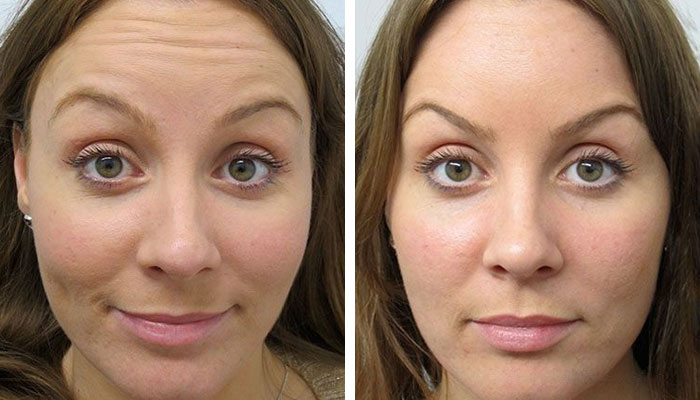
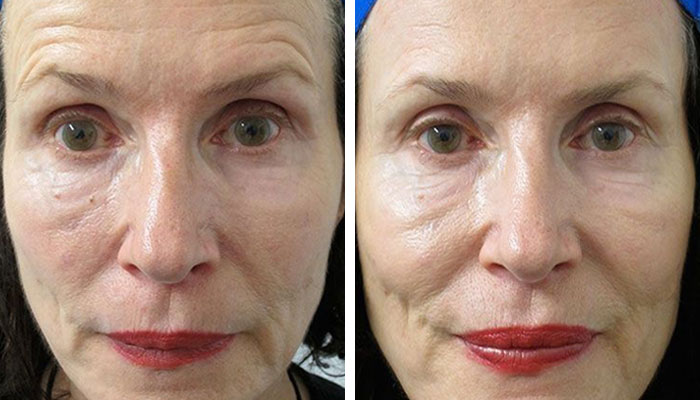
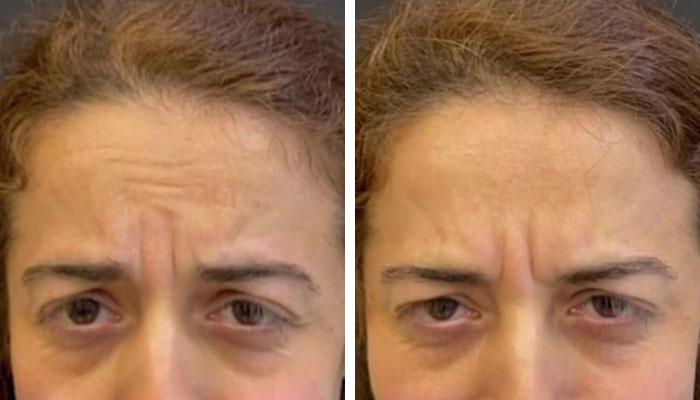

Dermal Fillers
(55% Match) Fillers can smooth out discrepancies between uneven eyes by adding volume where needed, subtly enhancing symmetry without surgery.
B & A photos
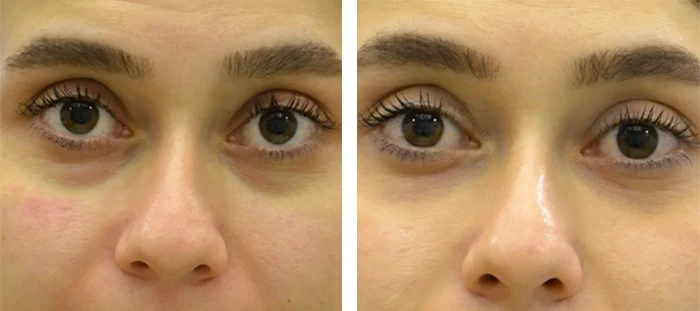
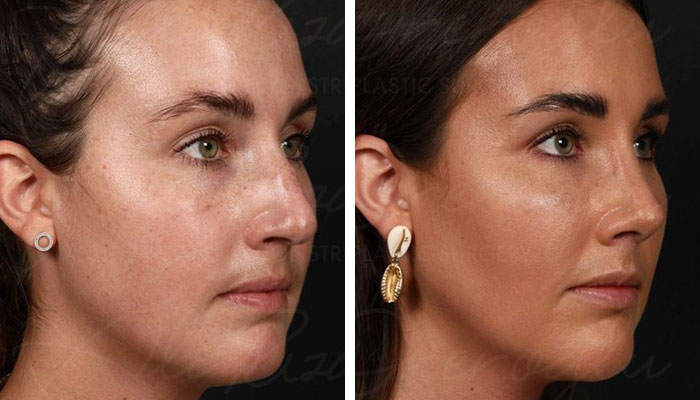
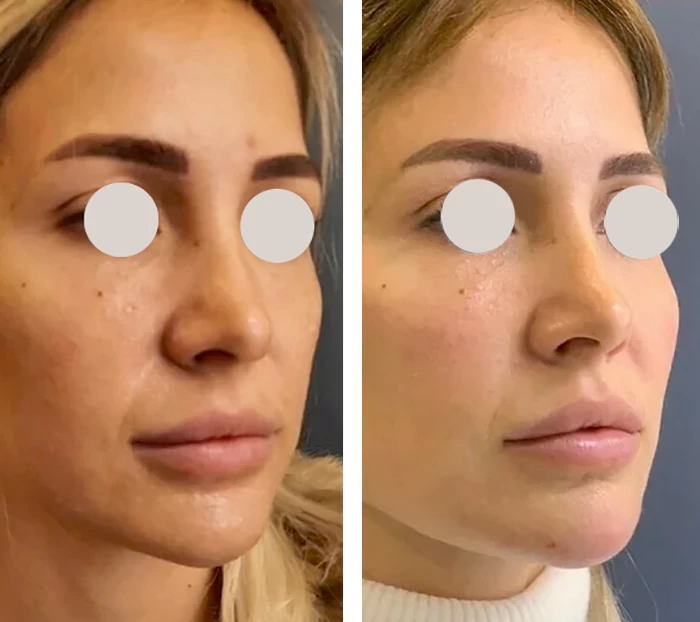
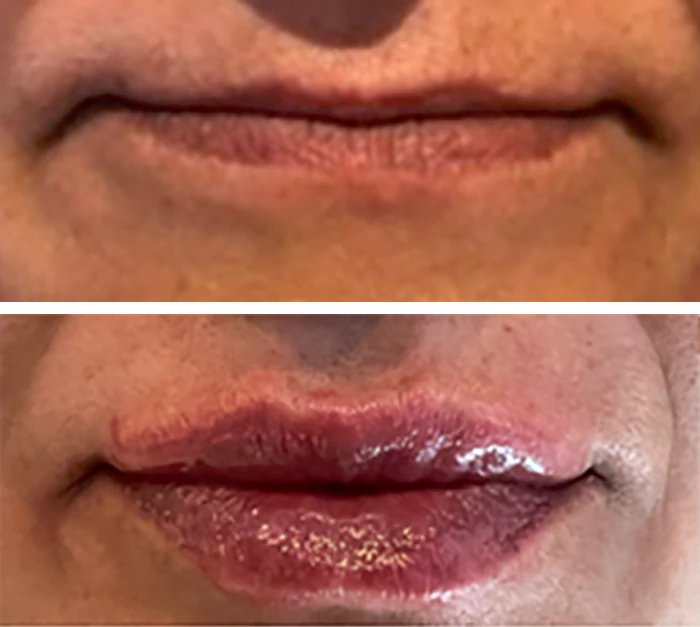

Thread Lift
(55% Match) Fillers can smooth out discrepancies between uneven eyes by adding volume where needed, subtly enhancing symmetry without surgery.
B & A photos
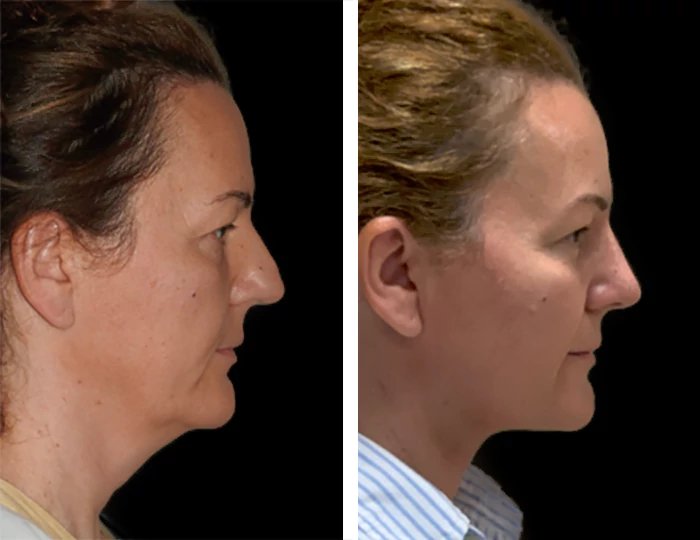
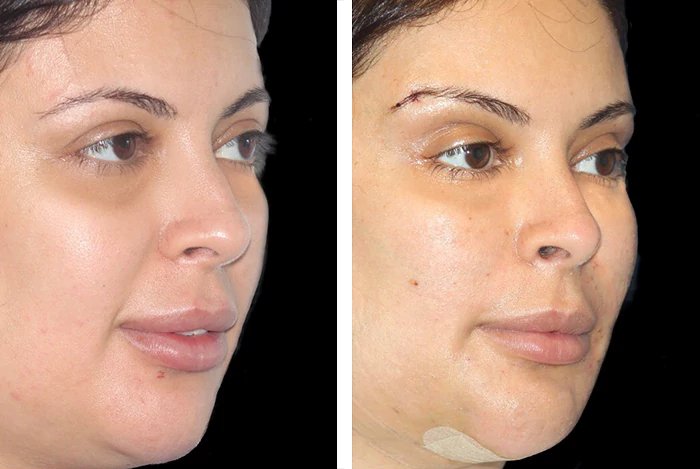
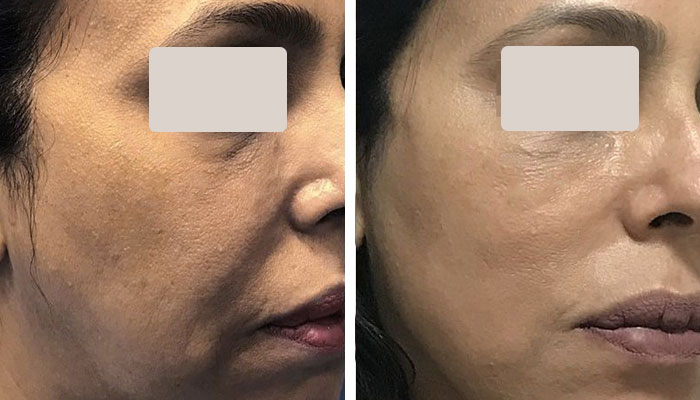
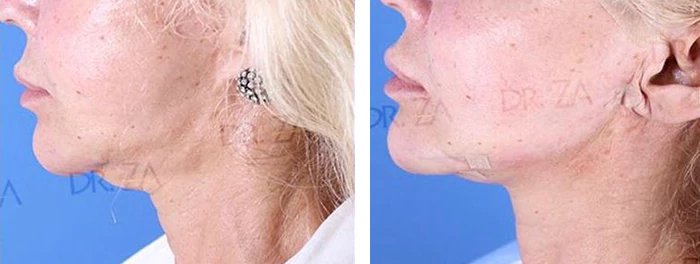
What are Uneven Eyes?
Uneven eyes, medically known as ocular asymmetry, refer to a noticeable difference in the size, shape, or position of the eyes. This variation can be subtle or pronounced, affecting one's facial symmetry and aesthetic appeal. While some degree of asymmetry is normal and commonly found in most individuals, significant differences can draw attention and may be a cause for cosmetic concerns or indicate underlying health issues.
Disclaimer: The description "uneven eyes" doesn't point to a definitive medical condition or abnormality. Whether to see it as an aspect to address is entirely up to personal judgment. If you're content with your appearance, we champion your choice to embrace it. At Belorens, we believe in empowering our clients, offering guidance only when sought, without ever undermining your self-esteem or suggesting unwarranted procedures. Your confidence and comfort with your looks are paramount to us.
What Causes Uneven Eyes?
Uneven eyes can stem from various factors, both congenital and acquired. Genetics plays a significant role, with some individuals naturally having asymmetrical facial features. Aging can also contribute, as changes in skin elasticity and facial volume lead to differences in eye appearance. Trauma, medical conditions, or previous surgeries affecting the eye or its surrounding structures can result in asymmetrical eyes as well.
Am I a Candidate for Uneven Eye Treatment?
Candidates for uneven eye treatment typically seek to enhance their facial symmetry and are bothered by the appearance of their eyes. Ideal candidates are healthy, have realistic expectations, and understand the potential outcomes of treatment. A consultation with a cosmetic surgeon or an ophthalmologist can help determine the best course of action based on the cause and extent of the asymmetry.
How Old Should I be to Get an Uneven Eye Correction?
There's no specific age requirement for uneven eye correction; treatments vary depending on the cause and extent of the asymmetry. Surgical options might be more suitable for adults, as facial features have fully matured. Non-surgical treatments can be considered at a younger age, especially if the asymmetry is mild or if temporary solutions are preferred.
Uneven Eyes Before and After: See it for Yourself!
When addressing asymmetrical eyes, exploring available options such as temporary filler injections or permanent corrective surgery becomes crucial. Belorens invites you to witness the successful transformations accomplished by our network of affiliated providers, comprising skilled physicians and clinics. Delve into our photo galleries to observe the impactful changes these treatments can bring:
Eyelid Surgery: Before and After Photos
Botox Injections: Before and After Photos
Thread Lift: Before and After Photos
These visuals provide a clear representation of the anticipated results and underscore the proficiency our surgeons bring to each intervention.
Is There an Uneven Eye Non-Surgical Treatment?
Non-surgical treatments for uneven eyes include fillers, Botox injections, and laser therapy, which can help balance the appearance of the eyes without the need for surgery. These options are ideal for those seeking minimal downtime and are particularly effective for mild to moderate asymmetry caused by volume loss or muscle activity.
Is there an Uneven Eyes Self-Care Treatment Method?
While significant asymmetry often requires professional treatment, certain self-care methods can help minimize the appearance of uneven eyes. Consistent use of sunscreen, a healthy lifestyle, and a skincare routine tailored to maintain skin elasticity may prevent further asymmetry. Makeup techniques can also temporarily enhance symmetry.
Are Uneven Eyes in Need of Urgent Treatment?
Uneven eyes are generally not considered a medical emergency. However, sudden changes in eye symmetry could indicate underlying health issues and should be evaluated promptly. Cosmetic correction is elective and based on personal preference.
How Much Does Uneven Eyes Correction Cost?
The cost of uneven eye correction varies widely based on the chosen treatment method, geographic location, and the provider's expertise. Surgical options are generally more expensive than non-surgical treatments. Prices can range significantly, so obtaining detailed quotes during consultations is crucial for budget planning. Here is a chart showcasing the average price of common surgical and non-surgical asymmetrical eye treatments in the US compared to the same services in Turkey, performed by Beloren-affiliated professionals.
| Treatment | Average Price Range in the US | Average Price Range in Turkey |
|---|---|---|
| Eyelid Surgery | €2,500 to €5,000 | €1,000 to €2,500 |
| Botox Injection | €300 - €600 | €150 - €300 |
| Dermal Fillers | €400 - €1,000 | €200 - €600 |
| Thread Lifts | €1,000 - €3,000 | €600 - €1,500 |
Uneven Eyes Treatment Methods: Which One is More Popular?
The popularity of treatment methods for uneven eyes varies based on individual needs and preferences. Non-surgical options like fillers and Botox are increasingly sought after for their minimal downtime and reversibility. Surgical procedures remain a mainstay for permanent correction and significant asymmetry.
Uneven Eyes Treatment with Belorens: Transformation Awaits
Belorens empowers individuals seeking solutions for uneven eyes by offering a platform to find tailored, match-based solutions. Our service allows users to explore various treatment options, connect with experienced professionals, and make informed decisions. Whether seeking surgical or non-surgical solutions, Belorens aids in beginning your transformation journey towards balanced and harmonious facial features.
Frequently Asked Questions (FAQ)
Can uneven eyes affect my vision?
In some cases, severe asymmetry may affect vision by causing double vision (diplopia) or obstructing the visual field. However, mild to moderate asymmetry typically doesn't impact vision but may affect aesthetic appearance.
How do surgical and non-surgical treatments differ in correcting uneven eyes?
Surgical treatments aim to address structural issues causing the asymmetry, such as correcting eyelid position or orbital bone structure. Non-surgical treatments focus on temporarily adjusting muscle function, adding volume, or lifting the skin to improve symmetry without invasive procedures.
What is the recovery process like for surgical treatments?
Recovery time for surgical treatments varies depending on the specific procedure performed. Patients may experience swelling, bruising, and discomfort, which typically subside within a few weeks. Full recovery and final results may take several months.
Are the results of non-surgical treatments permanent?
Non-surgical treatments offer temporary improvements and may require periodic maintenance sessions to sustain results. The longevity of results varies depending on factors such as the type of treatment, individual anatomy, and lifestyle factors.